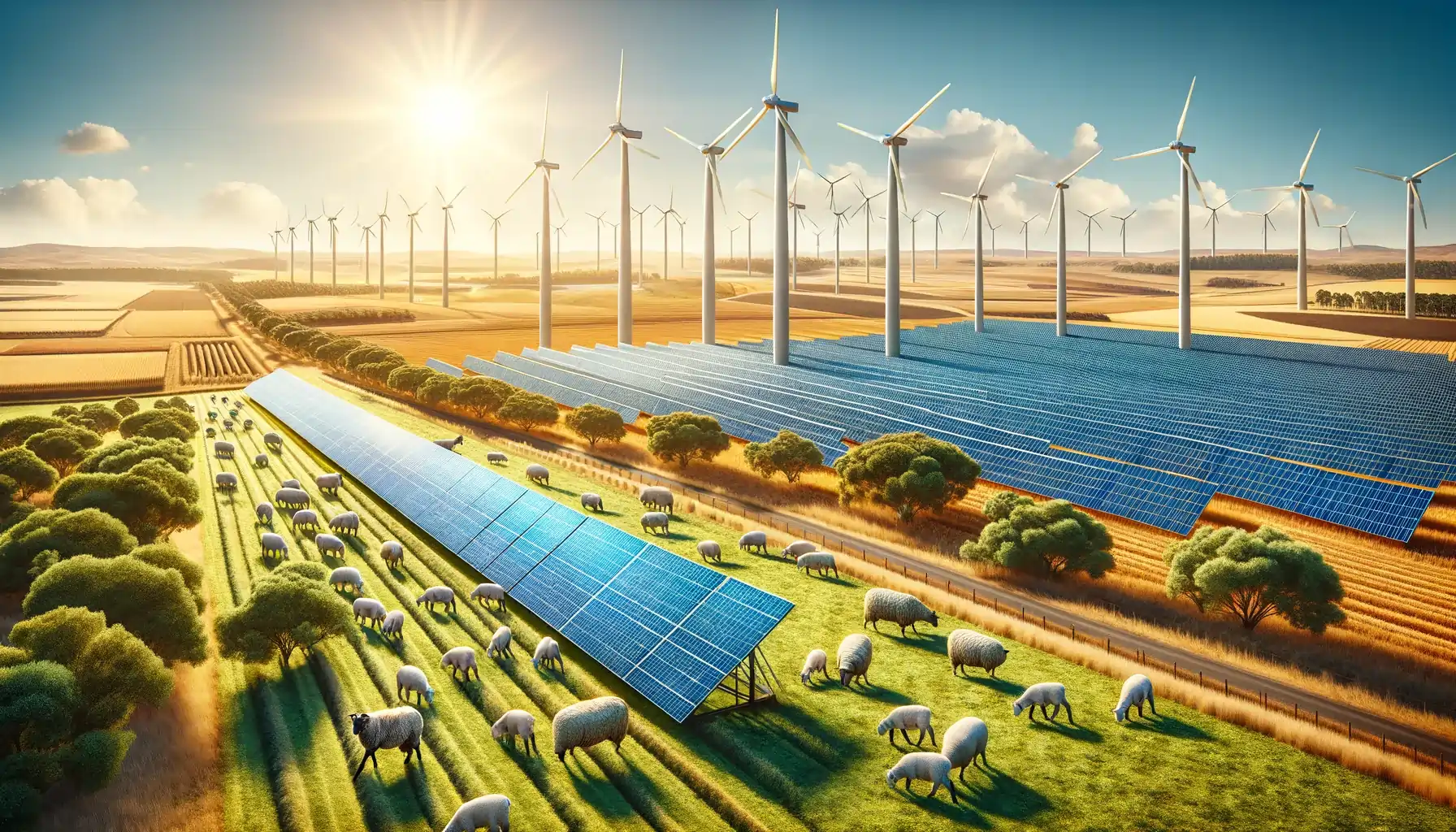Australia's potential in leading a renewable energy future is significant, particularly when considering the possibilities presented by solar and wind power. With an expansive land mass and abundant natural resources, the nation is well-poised to harness these energies efficiently, with minimal disruption to its agricultural base.
Harnessing Solar Power
Australia's journey into solar energy is bolstered by its climatic advantage — abundant sunshine. A pivotal aspect of this transition involves the utilisation of both rooftop solar systems and larger-scale solar farms. Rooftop solar, which requires no additional land use, is an area of significant growth, offering individual households and businesses a method to generate their own power and reduce reliance on the grid.
Ground-mounted solar farms, though requiring more space, are becoming increasingly important. These installations, often set up on less arable land or integrated into existing agricultural landscapes, allow for dual land use. For instance, solar panels are strategically placed to enable grazing and crop cultivation around them, demonstrating a harmonious blend of energy production and agriculture.
The Wind Energy Contribution
Wind energy in Australia is another cornerstone of the renewable strategy. Wind farms, consisting of numerous turbines, are primarily located in regions with strong wind resources. Like solar farms, wind farms occupy land but often use only a small fraction for the turbines themselves, with the remaining area available for agriculture. This minimal land use disruption is crucial in maintaining Australia’s agricultural productivity while expanding its renewable energy capacity.
Infrastructure and Community Impact
The transition to a fully renewable grid also necessitates the expansion of infrastructure, notably around 10,000 kilometers of new transmission lines required to connect remote renewable sites to urban centers. While this sounds extensive, the actual land footprint per capita is remarkably small, emphasizing the efficiency of this energy shift.
Community involvement and compensation are integral to this transition. Unlike the mining sector, renewable energy projects require negotiations and agreements with landowners, ensuring they receive fair compensation. This community-first approach not only secures the necessary land for projects but also fosters community support and minimizes conflict.
Environmental and Economic Benefits
The environmental benefits of transitioning to solar and wind energy are profound, notably in significant reductions in greenhouse gas emissions. Economically, the shift supports rural economies through payments to landowners and job creation in the renewable sector. Additionally, the cost of solar and wind energy has decreased dramatically, making these the cheapest forms of new electricity generation.
Conclusion
Australia’s approach to integrating solar and wind energy is a blueprint for balancing renewable expansion with agricultural preservation. By leveraging its natural advantages and fostering community cooperation, Australia not only moves towards a sustainable future but also sets a global standard for integrating renewable energy in a way that supports economic and environmental goals. The country's strategy illustrates a practical pathway to significant decarbonization with minimal impact on its agricultural heritage.


